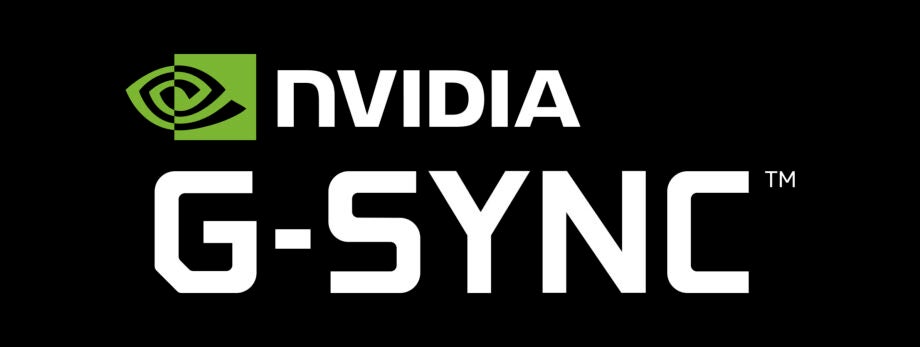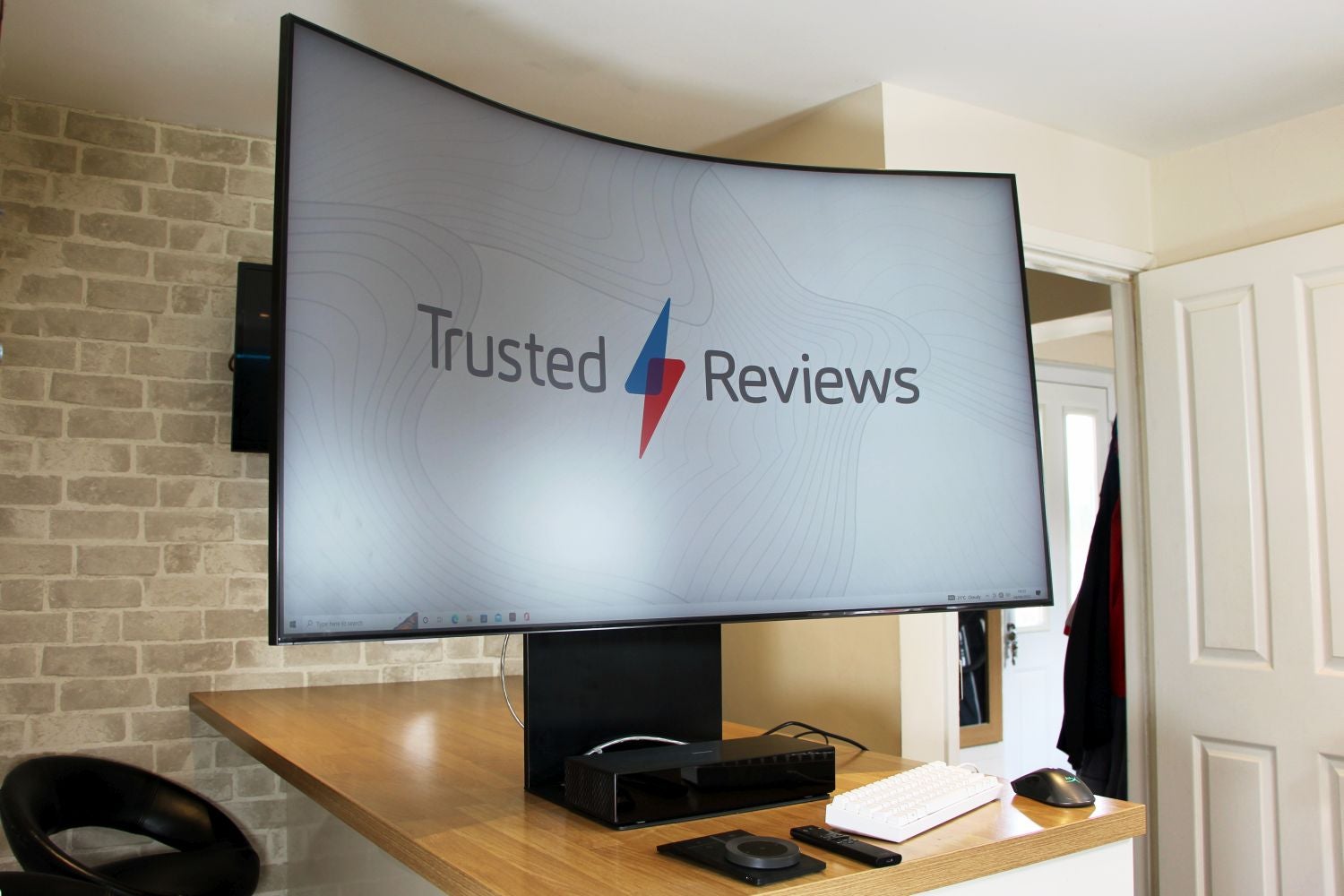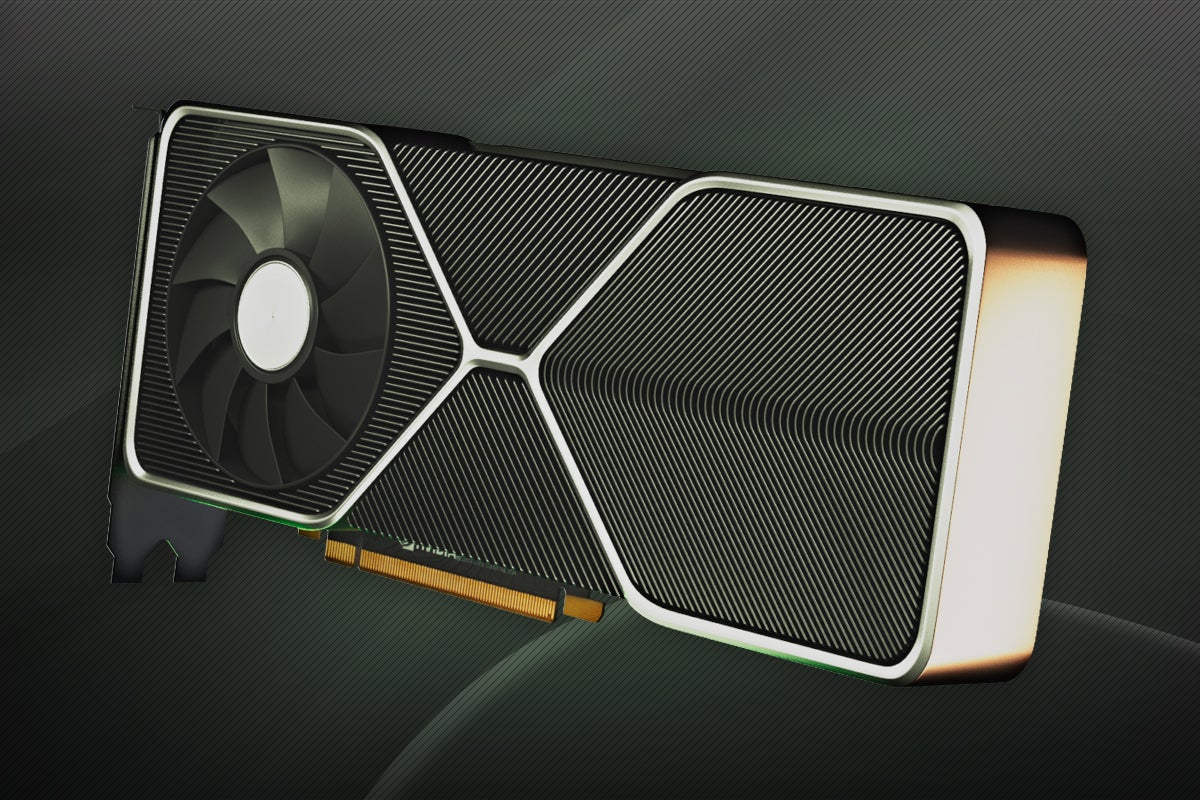Nvidia G-Sync: Everything you need to know

Thinking about buying a new gaming monitor but confused what the G-Sync feature is? Fear not as we’re here to help with this handy guide detailing what the feature is and how it could improve your gaming experience.
If you’ve recently been looking at purchasing a new PC, or you’re just interested in how to make your computer better equipped for gaming, you’ll have probably come across G-Sync.
G-Sync was introduced in 2013 and was created by Nvidia. It’s biggest rival is AMD’s FreeSync.
Keep scrolling to find out exactly what G-Sync is and why you should know if it’s on your PC.
What is G-Sync?
Nvidia G-Sync is a hardware-based monitor technology that helps prevent screen tearing, stuttering and juddering while you’re playing games or watching TV.
Screen tearing and stuttering is something we’re all likely familiar with, and it’s a result of frame rates not syncing up. A GPU renders the images on your screen, and those frames per second are put together to create a smooth video. Meanwhile, your monitor is also refreshing itself during each second to load up the new images that the GPU is always pushing out.
The GPU does try and solve for screen tearing by storing some of its upcoming frames in a buffer, however, the buffer and the monitor can also fall out of sync with one another.
If these frame rates don’t align, the result is both frames coming onto the screen at once, and this stitched up frame is what screen tearing is.
Nvidia created a solution to this problem, V-Sync. Based on Adaptive-Sync technology, it makes your GPU hold the frames until the monitor is ready to refresh. This can cause another issue though, input lag, which is where there is a delay between the GPU sending the frame and the monitor actually displaying it.
This is where G-Sync finally comes in. It dealt with the input lag issue by instead forcing the monitor to adapt its own refresh rate to match the speed your GPU is rendering frames, which also means there is no screen tearing.
Why is G-Sync important?
Any gamer can remember a time when they were in the final moments of a game and then suddenly their computer lagged, or the visuals became distorted, and that ultimately resulted in your characters early demise.
G-Sync is a real benefit for anyone who is playing high-visual games or games where every millisecond counts. It helps to keep your PC’s display running at a smoother framerate and cuts out issues like input lag, screen tearing and a stuttering frame rate.
While it is not an essential, it’s worthwhile keeping in mind if you’re the type of person who doesn’t want to deal with any visual impediments while you play.
Can I use Nvidia G-Sync?
While it can be a handy bit of tech, G-Sync is not famous for being the easiest feature to install.
Since it’s developed by Nvidia, to use a G-Sync monitor you will also need a Nvidia graphics card to get the best performance.
There are some recent G-Sync displays that promote an HDMI variable refresh rate, meaning you can use G-Sync with an AMD card, but it won’t be through Nvidia’s fully G-Sync module.
So getting access to G-Sync isn’t as simple as we would like it to be, but if you’re interested in a smoother gaming experience and have the time to set up the proper requirements for your PC it could save you some heartache next time you pick up the controller.





